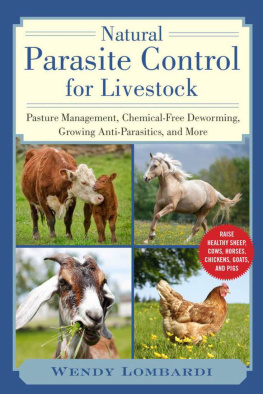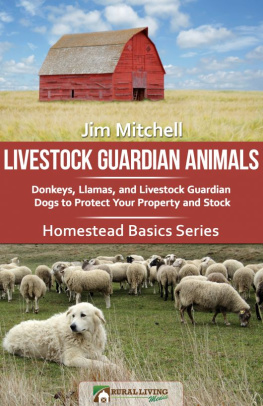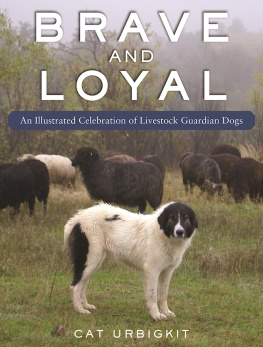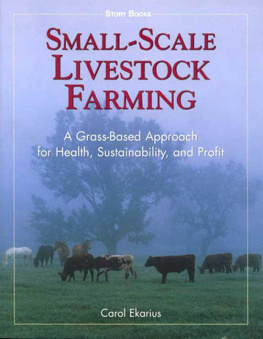Wendy Lombardi - Natural Parasite Control for Livestock
Here you can read online Wendy Lombardi - Natural Parasite Control for Livestock full text of the book (entire story) in english for free. Download pdf and epub, get meaning, cover and reviews about this ebook. year: 2021, publisher: Skyhorse, genre: Children. Description of the work, (preface) as well as reviews are available. Best literature library LitArk.com created for fans of good reading and offers a wide selection of genres:
Romance novel
Science fiction
Adventure
Detective
Science
History
Home and family
Prose
Art
Politics
Computer
Non-fiction
Religion
Business
Children
Humor
Choose a favorite category and find really read worthwhile books. Enjoy immersion in the world of imagination, feel the emotions of the characters or learn something new for yourself, make an fascinating discovery.
- Book:Natural Parasite Control for Livestock
- Author:
- Publisher:Skyhorse
- Genre:
- Year:2021
- Rating:5 / 5
- Favourites:Add to favourites
- Your mark:
- 100
- 1
- 2
- 3
- 4
- 5
Natural Parasite Control for Livestock: summary, description and annotation
We offer to read an annotation, description, summary or preface (depends on what the author of the book "Natural Parasite Control for Livestock" wrote himself). If you haven't found the necessary information about the book — write in the comments, we will try to find it.
Natural Parasite Control for Livestock — read online for free the complete book (whole text) full work
Below is the text of the book, divided by pages. System saving the place of the last page read, allows you to conveniently read the book "Natural Parasite Control for Livestock" online for free, without having to search again every time where you left off. Put a bookmark, and you can go to the page where you finished reading at any time.
Font size:
Interval:
Bookmark:


Copyright 2021 by Wendy M. Lombardi
All rights reserved. No part of this book may be reproduced in any manner without the express written consent of the publisher, except in the case of brief excerpts in critical reviews or articles. All inquiries should be addressed to Skyhorse Publishing, 307 West 36th Street, 11th Floor, New York, NY 10018.
Skyhorse Publishing books may be purchased in bulk at special discounts for sales promotion, corporate gifts, fund-raising, or educational purposes. Special editions can also be created to specifications. For details, contact the Special Sales Department, Skyhorse Publishing, 307 West 36th Street, 11th Floor, New York, NY 10018 or .
Skyhorse and Skyhorse Publishing are registered trademarks of Skyhorse Publishing, Inc., a Delaware corporation.
Visit our website at www.skyhorsepublishing.com.
10 9 8 7 6 5 4 3 2 1
Library of Congress Cataloging-in-Publication Data is available on file.
Cover design by Mona Lin
Cover photos by Getty Images
Print ISBN: 978-1-5107-5710-3
Ebook ISBN: 978-1-5107-5937-4
Printed in China
The information here within is strictly the opinion of the author. It is not intended to be a veterinary supplement or reference for treatment of livestock. The author is not held responsible for outcomes to livestock if individuals choose to implement the information within these pages. It is the responsibility of individuals to do further research to determine if the described treatments are adequate for their own needs.
We are the caretakers of any living creature which we confine, manipulate, or utilize. Therefore, its our responsibility to give the best possible care to those creatures.
I am grateful to every beautiful life that shared my journey, taught me so much, gave so much.
Contents

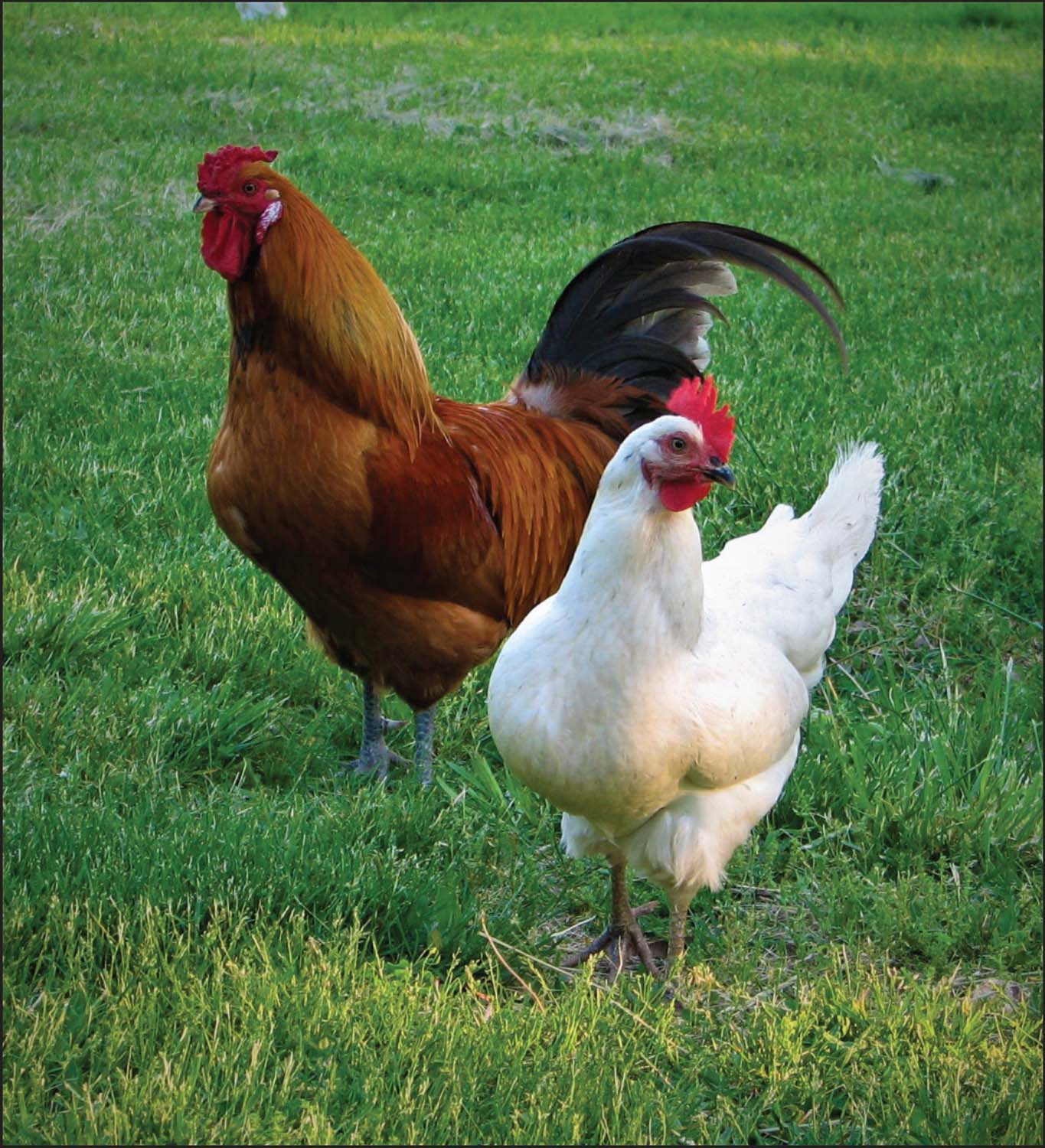
Introduction:
It Doesnt Have to Be a Full-Time Job
During the course of your regular farm day, you might notice your chickens combs just arent as bright red as youve seen in the past. Maybe a cow or horse appears a little ribby. Or, you look at your sheeps eyelids and theyre not as bright pink as they should be. Perhaps there are a couple animals that never obtain the luster others possess in the same group. These are just a few signs parasites are sucking the life out of your livestock. As diligent as you may be, keeping parasites at bay may feel like a relentless, full-time jobespecially if you want to do it without the use of chemicals.

A pale comb and waddles is an indication of possible parasites.
But, by developing a system that easily works for you and your livestock, your job of parasite control can become a part-time, seasonal position! This can be accomplished 1) through good pasture management and rotation, 2) with environmental control of parasites, 3) by targeted deworming with natural products (possibly even growing some ingredients!), and, 4) with continuing research of parasite control in livestock.
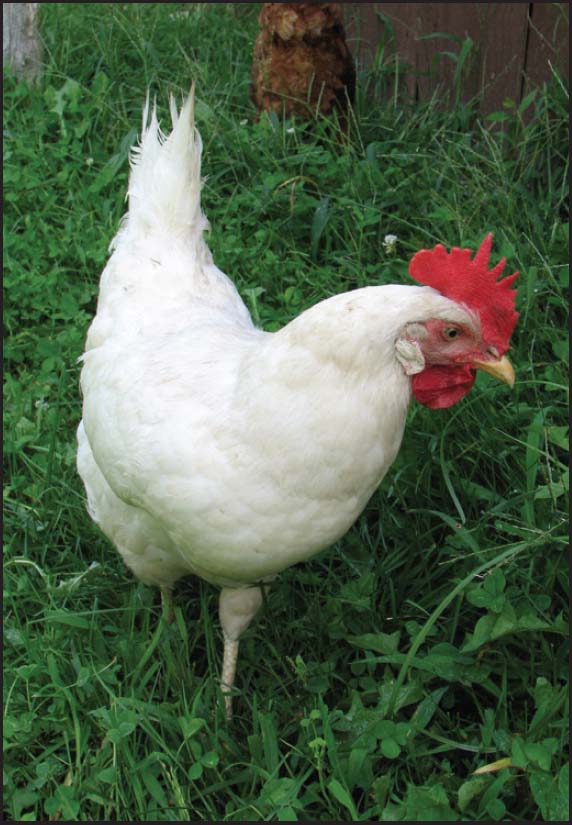
Healthy chickens should have bright combs and shiny feathers.
There are specific symptoms for some parasites. qualified vet or lab to have the parasite correctly identified. This way, you can target treatment for that specific parasite. (Collecting and checking samples at home will be discussed later.)

Pale eyelids indicate anemia, usually caused by a heavy parasite load.
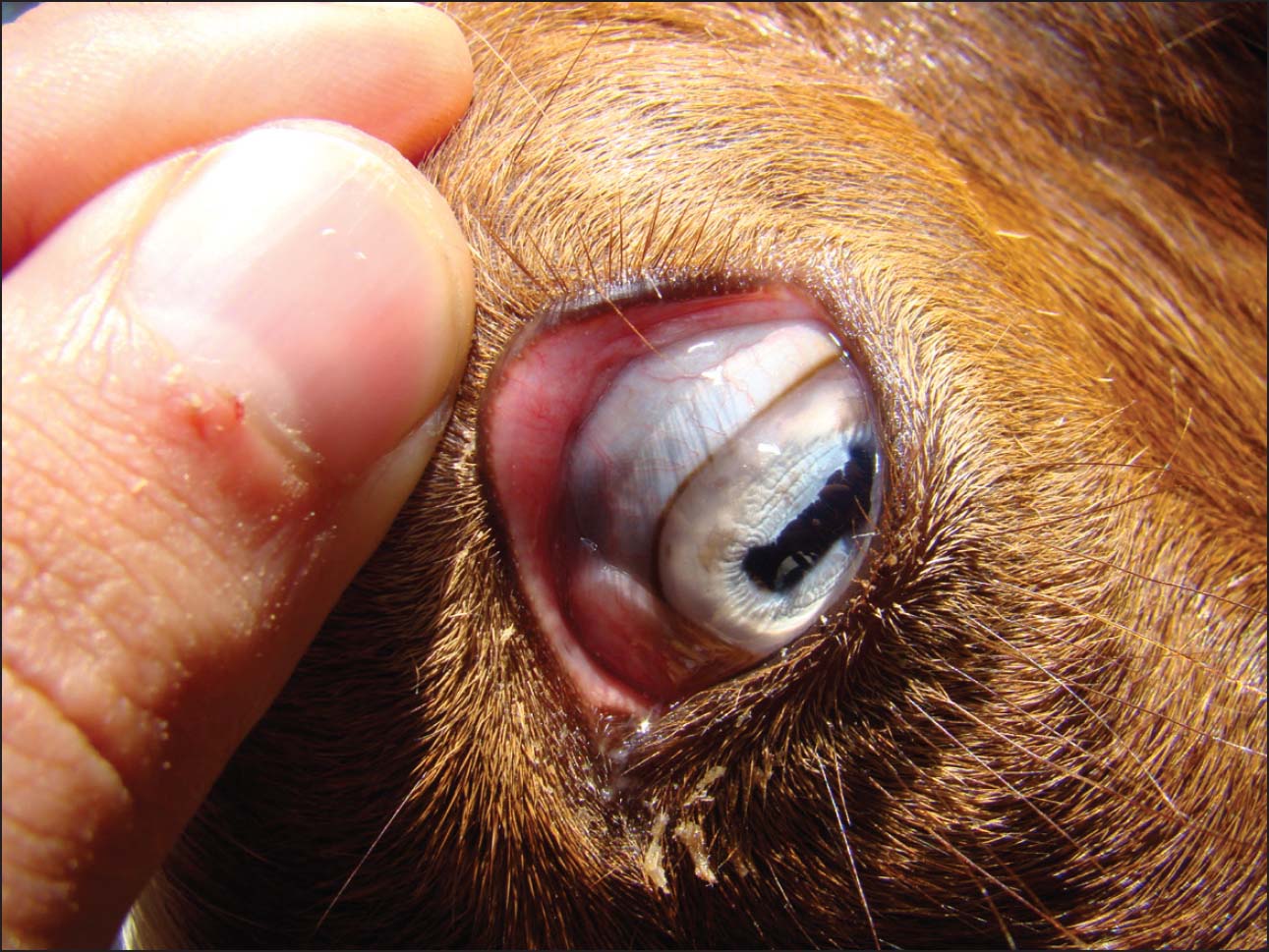
Sheep and goat eyelids should be bright like this.
Internal Parasites, Hosts, and Life Cycles
Parasite comes from the Latin word parasitus and the Greek word parasitos, meaning a person who eats at the table of another. However, I could not find a record of when the word was actually first used specifically in the biological sense. In 1666, Antonie van Leeuwenhoek invented and used a microscope which magnified up to 200X. He observed and recorded many microorganisms, which he referred to as animalcules (from Latin, animalculum = tiny animal). During this time, there was a common belief in spontaneous generation , or, of something just appearing from nonliving matter. But, Francesco Redi, deemed the Father of Parasitology, thought differently. His experiments with rancid meat and fly larvae (maggots) proved that the flies were actually laying eggs the eye couldnt see. His use of early microscopes allowed him to view and catalog about 180 microscopic organisms in the 1660s. He too did not use the word parasite in describing his discoveries.
Then, in the 1800s the science of parasitology took off. Pierre-Joseph van Beneden, famous for his study on tapeworms in the 1840s, completed a book in 1875 called Commensals and Parasites in the Animal Kingdom . Finally, in the early 1900s, parasitology became a recognized course of study at universities.

With grass available, parasites could easily be the reason this goat will not put on weight.
Nowadays, when animals (even humans) become infested or infected with any bug, parasite is often the word of choice. Its used when discussing worms, protozoa, and even bacteria such as E. coli, staphylococcus (staph), and, streptococcus (strep). As well, many species of flies are parasitic, and some whose larvae only are parasitic. So, just what is a parasite? The most recurring definition is: An organism that lives in or on another organism (its host) and benefits by deriving nutrients at the hosts expense.
If your livestock are the hosts, how can you get rid of the parasites sucking their life away?
Well, were now at the part you will probably have to read at least thirty times: The Classification of Organisms. Classifying organisms helps sort them into groups based on their characteristics, and this aids parasite treatment. Because of shared traits, many parasites within a group can be eliminated with the same substances. To explain the group classification, here is a brief lesson, which we all probably forgot after high school, but which is also still under scientific debate and ever-changing. From this books conception to its publication, the classification (or taxonomy) has changed for several of the parasites listed. Not to open a can of worms, but, here it is...
Scientific classification starts with a Super Kingdom, either Prokaryota (life-forms, like bacteria, whose cells have no nucleus or internal membranes), or Eukaryota (life-forms, like plants and animals, whose cells have a nucleus and internal membranes). The nucleus is the control center of the cell, and its where DNA is stored. Conversely, prokaryotes DNA resides in the cellular fluid (cytoplasm) and has no membrane around it.
Next pageFont size:
Interval:
Bookmark:
Similar books «Natural Parasite Control for Livestock»
Look at similar books to Natural Parasite Control for Livestock. We have selected literature similar in name and meaning in the hope of providing readers with more options to find new, interesting, not yet read works.
Discussion, reviews of the book Natural Parasite Control for Livestock and just readers' own opinions. Leave your comments, write what you think about the work, its meaning or the main characters. Specify what exactly you liked and what you didn't like, and why you think so.

